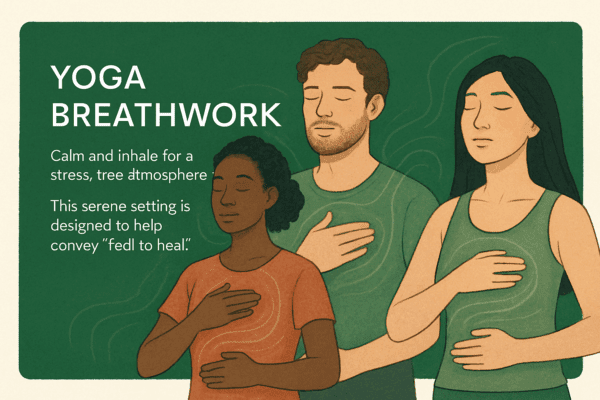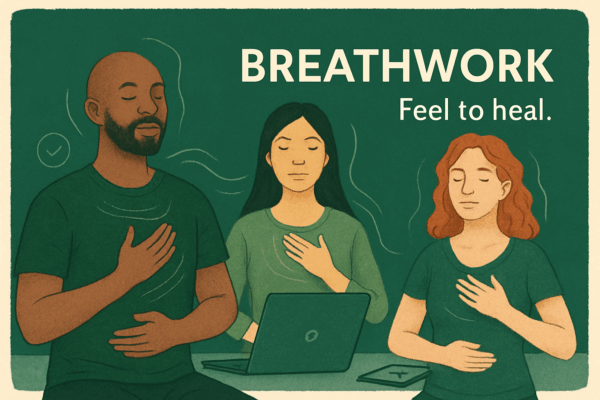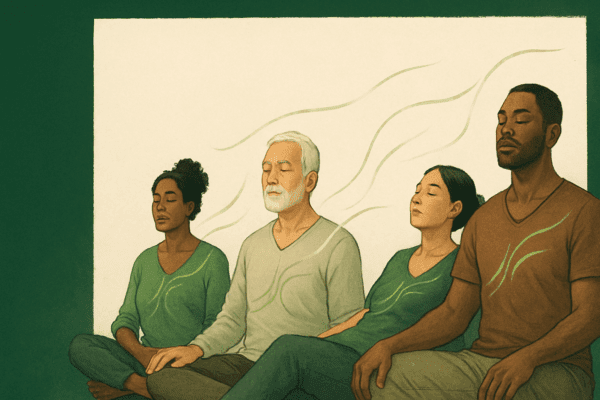Around the world, more people than ever are seeking out transformative experiences for healing, self-discovery, and meaningful personal growth. The holotropic breathwork workshop has quickly become a top choice for those ready to dive deep within and unlock their potential.
In this guide, we’ll demystify what to expect from a holotropic breathwork workshop in 2025. You’ll discover its fascinating origins, how the science supports its benefits, ways to prepare, the structure of these unique events, and tips for choosing the right journey.
Are you ready to explore what breathwork can do for you? Let’s begin.
The Foundations of Holotropic Breathwork
Holotropic breathwork workshop experiences are rooted in a unique blend of psychology, science, and experiential exploration. To truly understand what awaits in a workshop, it helps to start with the origins, core philosophies, and the science supporting this powerful practice.

The Origins and Philosophy of Holotropic Breathwork
Holotropic breathwork workshop practices originated in the 1970s, developed by Dr. Stanislav Grof and Christina Grof. Their work combined insights from transpersonal psychology and research in altered states of consciousness. The goal was to create a safe, structured pathway for deep self-exploration and healing.
The Grofs drew inspiration from both Eastern philosophies, such as meditation and mindfulness, and Western therapeutic methods like psychotherapy. Early clinical applications showed promise for supporting trauma recovery and personal growth.
A key principle is that individuals have an innate capacity for healing. The holotropic breathwork workshop format honors this by providing a supportive environment for participants to access their own inner wisdom. For a deeper dive into its therapeutic role and ethical foundations, see Holotropic Breathwork’s Role in Healing.
The Science Behind the Practice
At a holotropic breathwork workshop, participants engage in controlled, accelerated breathing, often paired with evocative music and focused bodywork. This combination influences the nervous system, shifting brain chemistry and enabling access to non-ordinary states of consciousness.
Scientific studies have shown that these states can increase emotional processing and reduce stress levels. For example, research participants often report improved well-being after just a single session. Neuroscience insights suggest that breathwork may facilitate trauma release by allowing the brain to process previously inaccessible memories.
Recent data highlights that up to 80% of attendees experience reduced anxiety and greater clarity. The science behind holotropic breathwork workshop methods continues to expand, revealing new ways breath and music can unlock transformative experiences.
Core Principles and Techniques
Every holotropic breathwork workshop is built on several core principles. Accelerated breathing is the central technique, designed to help participants access non-ordinary states safely. The importance of “set and setting” is emphasized—meaning the environment and mindset are carefully managed to support positive outcomes.
Facilitators and sitters play crucial roles, ensuring safety and offering support throughout the session. After intense experiences, integration practices—such as grounding exercises—help participants process and make sense of their journey.
Common integration tools include mindful movement, journaling, and group reflection. These techniques are essential for anchoring insights gained during a holotropic breathwork workshop into everyday life.
Who Can Benefit from Holotropic Breathwork?
A holotropic breathwork workshop attracts a diverse range of individuals. Many seek personal growth, trauma release, or spiritual insight. Mental health and wellness professionals also participate to deepen their understanding of consciousness and healing.
However, not everyone is suited for this practice. Those with certain medical or psychiatric conditions should consult a healthcare provider before enrolling. Workshops typically include pre-screening to ensure safety.
Below is a quick overview:
| Who Benefits | Contraindications |
|---|---|
| Seekers of self-growth | Heart conditions |
| Trauma survivors | Severe mental illness |
| Spiritual explorers | Pregnancy |
| Wellness professionals | Recent surgery or fractures |
According to demographic trends, participants span all adult age groups, with an increasing number of people attending holotropic breathwork workshop events each year. Testimonials frequently highlight breakthroughs in self-awareness, emotional release, and a renewed sense of purpose.
Preparing for a Holotropic Breathwork Workshop
Embarking on a holotropic breathwork workshop requires thoughtful preparation, much like setting out on an inner journey. By understanding how to choose the right event, knowing what to expect, and preparing your mind and body, you pave the way for a safe and transformative experience. Let’s break down the essential steps.
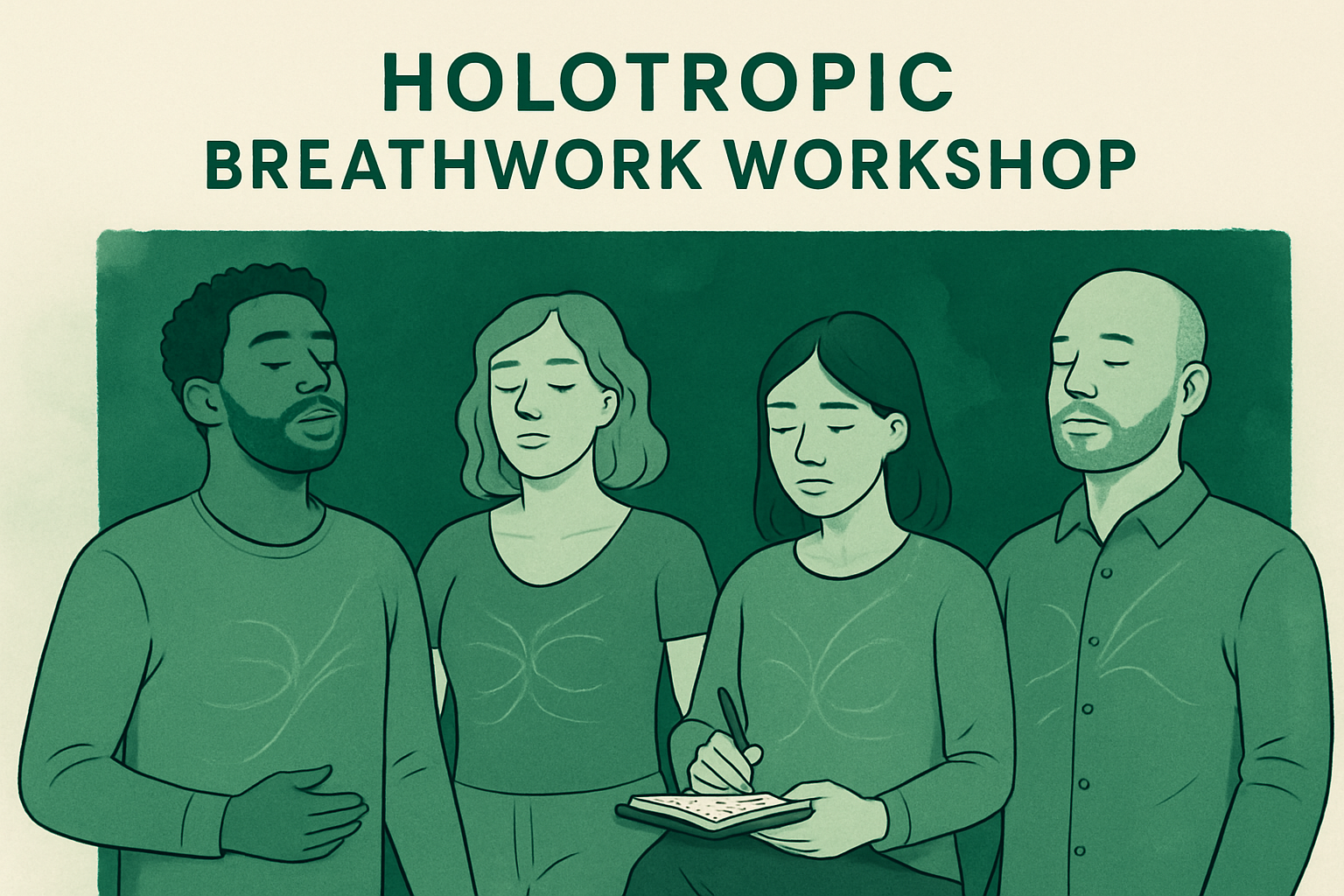
Choosing the Right Workshop and Facilitator
Selecting a holotropic breathwork workshop is a crucial step in your preparation. Start by researching facilitators—look for those with formal accreditation and extensive experience. Ask about their training backgrounds, how they handle challenging experiences, and the structure of their workshops.
You’ll find options for both group and individual sessions, each offering unique dynamics. Group workshops foster collective energy and shared support, while one-on-one settings provide personalized attention. Consider the location, too: urban venues may be easily accessible, but nature-based retreats offer a tranquil, immersive atmosphere.
Before enrolling, compare program details, inquire about safety protocols, and check testimonials. Questions to ask include: What is the facilitator-to-participant ratio? How are emergencies managed? What aftercare is provided? For a comprehensive list of upcoming events and facilitators, visit the Upcoming Holotropic Breathwork Events page to ensure you find a holotropic breathwork workshop that aligns with your needs.
What to Expect Before the Workshop
Preparation for a holotropic breathwork workshop often begins with a pre-screening process. Facilitators typically require a health assessment to ensure your safety and suitability for the practice. Be honest about your medical history and any concerns.
Setting intentions is a powerful way to focus your experience. Take time to reflect on personal goals—are you seeking healing, insight, or emotional release? Many facilitators recommend reading introductory material or listening to podcasts to familiarize yourself with the process.
Pre-workshop support can include online communities, group chats, or preparatory calls. These spaces help address questions and calm nerves. Create a checklist: bring comfortable clothing, water, a journal, and any personal items for comfort. Thoughtful preparation eases your transition into the holotropic breathwork workshop environment.
Physical and Mental Preparation
Optimal physical and mental readiness can make your holotropic breathwork workshop more rewarding. Focus on nutrition—eat light, nourishing meals in the days before your session. Stay well-hydrated and avoid stimulants or heavy foods that may disrupt your energy levels.
Prioritize good sleep and self-care routines. Gentle movement practices like yoga or stretching can help attune your body. Practice breathwork at home to build familiarity and confidence. Managing anxiety is natural; consider journaling to explore your hopes and concerns.
Set realistic expectations—every holotropic breathwork workshop experience is unique. Approach the process with curiosity and self-compassion, allowing space for whatever arises.
Safety, Consent, and Ethics
Safety and ethical standards are fundamental to any holotropic breathwork workshop. Facilitators should provide clear information on informed consent and confidentiality. Before the workshop, you’ll likely review and sign group agreements that outline respectful behavior and privacy.
Emergency protocols must be in place, including trained staff ready to respond if someone needs assistance. Ethical facilitators prioritize your well-being and uphold professional boundaries throughout the experience.
Statistics show that adverse events are rare when workshops follow best practices. Still, it’s important to understand your rights and responsibilities as a participant. If something feels unclear, ask questions—transparency is a hallmark of a trustworthy holotropic breathwork workshop community.
Inside the Holotropic Breathwork Workshop Experience
Stepping into a holotropic breathwork workshop is like entering a space designed for deep self-exploration. These workshops blend structure and flexibility, allowing participants to journey safely into altered states of consciousness. Whether you’re new or experienced, understanding the flow of the day, the step-by-step process, and the roles of facilitators helps you make the most of your holotropic breathwork workshop experience.
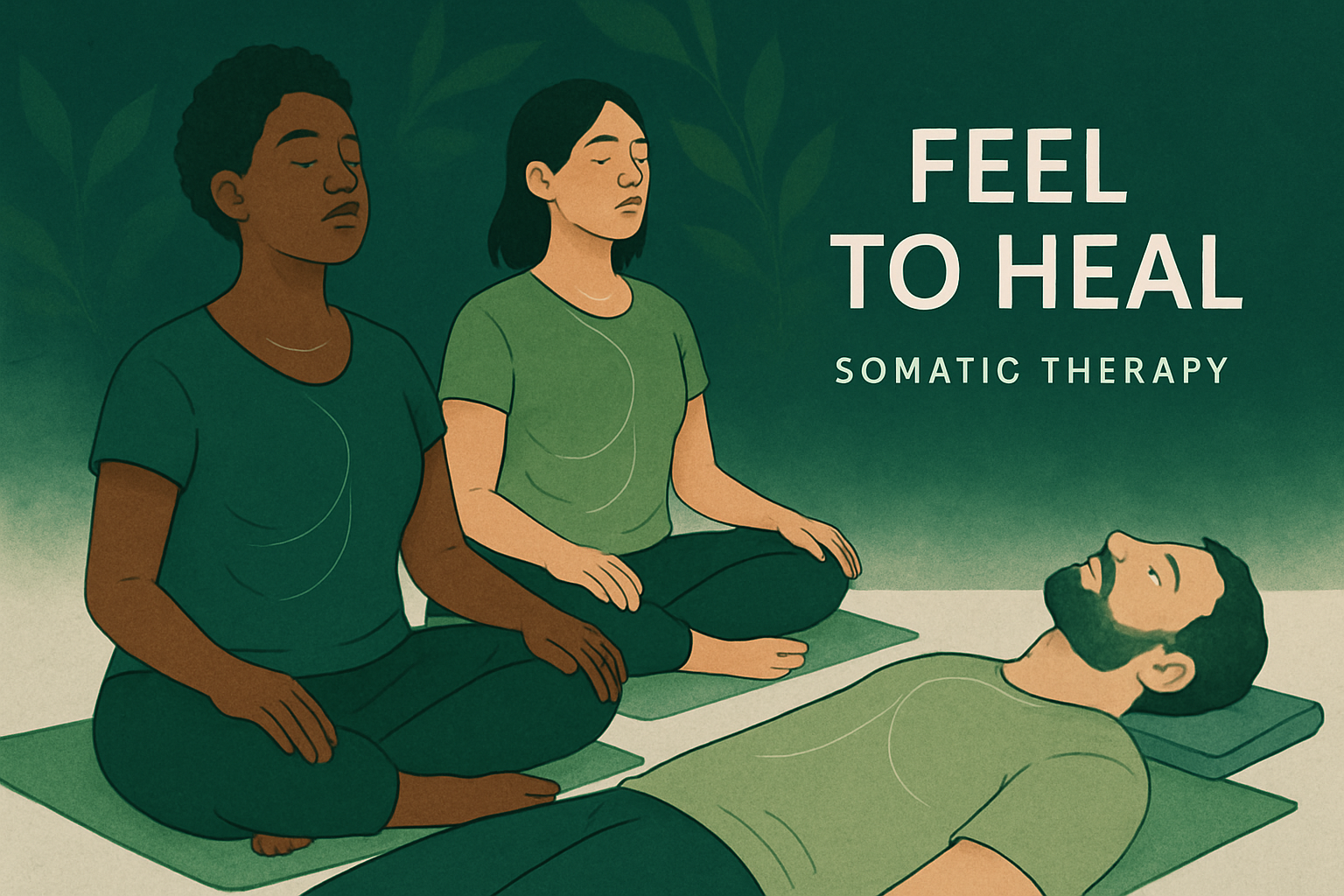
Workshop Structure and Flow
A holotropic breathwork workshop usually follows a carefully designed structure. The day often begins with an opening circle, where facilitators set intentions and establish group agreements. Participants are introduced to the process and to each other, creating a sense of safety and community.
Workshops may last a single day or stretch across a weekend retreat. A typical schedule includes:
- Opening circle and introductions
- First breathwork session (participants paired as breather/sitter)
- Integration activities (art, journaling, sharing)
- Lunch or rest break
- Second breathwork session (roles reversed)
- Final integration circle and closing
Retreat settings vary. Some, like the Holotropic Breathwork Workshop at Esalen, are held in nature-rich environments, enhancing the experience. Group dynamics play a key role, with support roles assigned to ensure everyone feels held throughout the holotropic breathwork workshop.
The Breathwork Session Step-by-Step
The heart of any holotropic breathwork workshop is the breathwork session itself. Each session starts with guided relaxation, calming the mind and body. Facilitators help participants set personal intentions, which act as anchors during the journey.
The breathing phase begins: participants lie down, close their eyes, and engage in accelerated, deep breathing. Evocative music plays, chosen to support emotional release and altered states. Some workshops incorporate expressive art materials nearby for creative processing.
Physical and emotional release is common—tears, laughter, or movement may arise organically. A participant in one holotropic breathwork workshop described reaching a powerful emotional peak, followed by profound calm. Facilitators and sitters are present throughout to offer gentle support if needed.
Role of Facilitators and Sitters
Facilitators are the backbone of a successful holotropic breathwork workshop. They receive specialized training in breathwork principles, trauma awareness, and emergency response. Their responsibilities include guiding the group, maintaining safety, and intervening if a participant needs extra support.
Sitters, usually workshop participants themselves, support their partner during the session. Their role is to provide a calm, non-intrusive presence—offering water, tissues, or reassurance if asked. If challenging experiences arise, facilitators may step in, as in one case where a participant encountered overwhelming grief and required grounding techniques.
After each session, facilitators lead debriefs, helping everyone process and integrate their holotropic breathwork workshop experiences.
Integration and Sharing Circles
Integration is a crucial part of any holotropic breathwork workshop. After breathwork, participants gather in sharing circles where they can express and process their experiences in a supportive environment. These circles are structured to encourage open, judgment-free communication.
Creative expression is often encouraged. Drawing, journaling, or gentle movement help participants internalize insights. Peer and facilitator feedback supports deeper understanding and healing. Some workshops introduce group integration activities, such as collaborative art or guided movement, to anchor the experience.
Regular integration circles enhance the long-term benefits of a holotropic breathwork workshop by weaving personal insights into daily life.
Common Experiences and Challenges
Participants in a holotropic breathwork workshop often report a wide range of emotional and physical responses. Some experience intense memories, deep emotional releases, or vivid imagery. Others may feel physical sensations like tingling or warmth.
Navigating these experiences requires preparation and support. While most outcomes are positive—such as increased clarity or emotional relief—some face challenges like anxiety or unexpected memories. Facilitators provide resources and guidance during and after the workshop to ensure safety.
Statistics show that the most common outcomes include emotional release, new self-insights, and a sense of connection. Challenges are managed through established protocols, making the holotropic breathwork workshop a transformative and safe space for growth.
The Benefits and Transformative Potential of Holotropic Breathwork
The impact of a holotropic breathwork workshop extends far beyond the session itself. Participants often describe a journey of deep healing, self-discovery, and profound transformation. With the growing popularity of these practices and fresh insights from Emerging Trends in Breathing Science, more people are experiencing the life-changing benefits that holotropic breathwork workshop settings can offer.
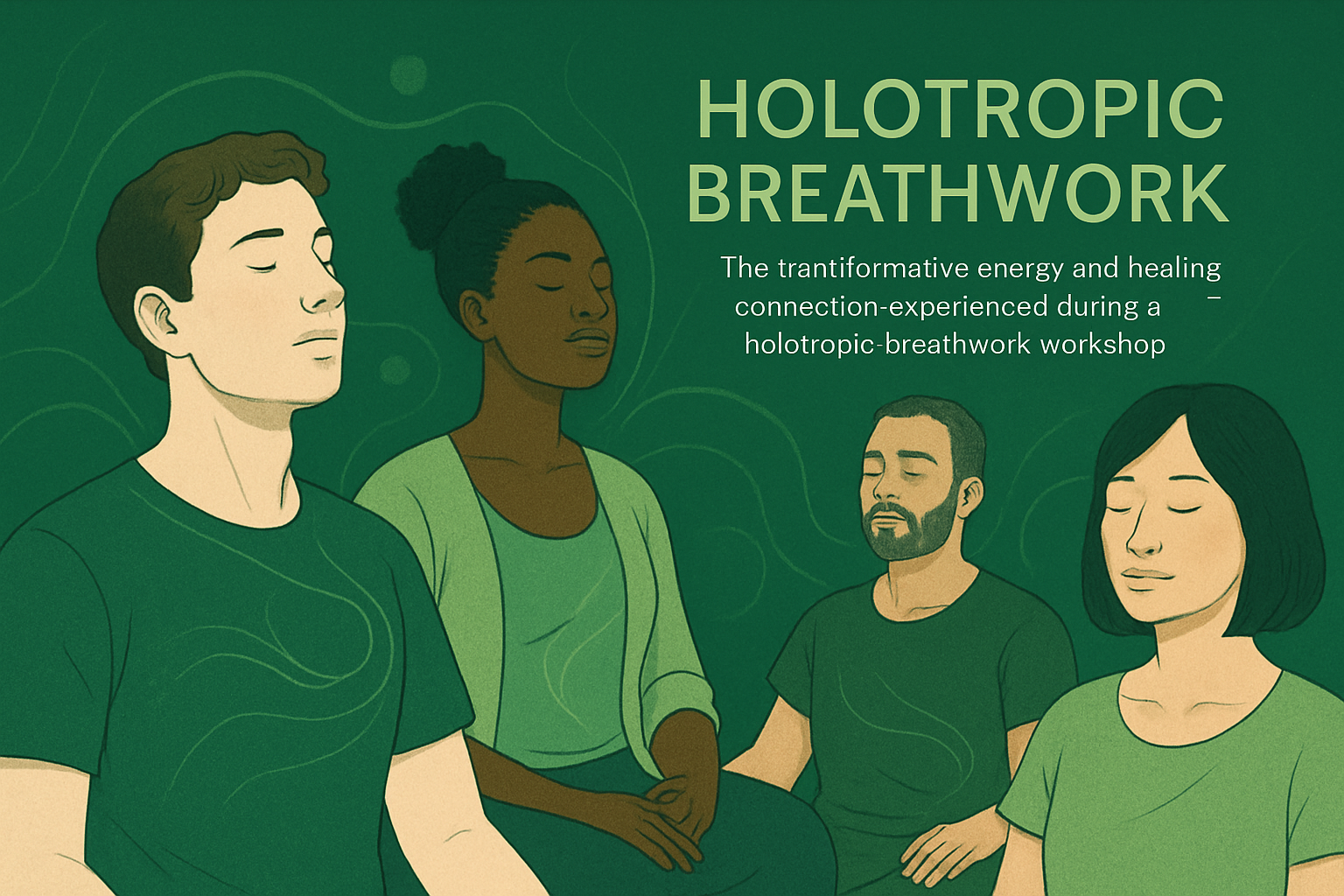
Emotional and Psychological Benefits
A holotropic breathwork workshop can help participants process deep-seated emotions, release old patterns, and build emotional resilience. Many find that the supportive environment encourages honest self-reflection and safe emotional expression.
Common benefits include:
- Reduced anxiety and depressive symptoms
- Increased clarity and emotional awareness
- Enhanced ability to manage stress and triggers
Research shows measurable improvements in wellbeing after attending a holotropic breathwork workshop. One participant shared how a single session helped them move through grief that had lingered for years, sparking a renewed sense of hope and vitality.
Spiritual and Transpersonal Insights
For those seeking more than emotional healing, a holotropic breathwork workshop often opens doors to spiritual awakening and transpersonal experiences. Participants may report sensations of unity, encounters with archetypal imagery, or a deep sense of interconnectedness.
Highlights from workshop experiences:
- Feelings of profound peace and oneness
- Insights into life purpose or direction
- Parallels with shamanic and meditative traditions
Facilitators note that these spiritual breakthroughs can be life-affirming, helping individuals connect with something larger than themselves. One case study described a participant who, during a holotropic breathwork workshop, felt a powerful sense of forgiveness and connection to their ancestors.
Physical and Somatic Outcomes
Physical transformation is another core benefit reported from a holotropic breathwork workshop. Through conscious breathing, participants may experience the release of chronic tension, improved body awareness, and a greater sense of relaxation.
Typical outcomes include:
- Easing of muscular pain or tightness
- Heightened awareness of physical sensations
- Somatic release of trauma or held emotion
Scientific studies have observed physiological changes, such as reduced cortisol levels and improved heart rate variability, following breathwork sessions. Testimonials often highlight stories of relief from long-standing physical discomfort after participating in a holotropic breathwork workshop.
Community, Connection, and Personal Growth
A holotropic breathwork workshop is not just an individual journey—it’s a collective experience. Many participants develop strong bonds with others, forming networks that extend far beyond the workshop.
Community benefits:
- Supportive integration circles and peer groups
- Opportunities for ongoing connection and friendship
- Growth in empathy, compassion, and self-acceptance
Workshops often include group activities designed to foster trust and open communication. Statistics reveal high retention and return rates, showing that many people return to the holotropic breathwork workshop environment for continued growth and support.
Limitations, Risks, and Contraindications
Despite its many benefits, a holotropic breathwork workshop is not suitable for everyone. It is not a replacement for medical or psychiatric care, and some individuals may experience overwhelming emotions or re-traumatization.
Key limitations and risks:
- Potential for intense or distressing experiences
- Contraindications for certain medical or psychological conditions
- Importance of aftercare and professional follow-up
Facilitators emphasize the need for informed consent and thorough screening before participation. Data from workshop reports show that adverse events are rare but underscore the importance of safety protocols and ethical standards in every holotropic breathwork workshop.
Holotropic Breathwork Workshops in 2025: Trends, Innovations, and How to Choose
Curious about what a holotropic breathwork workshop might look like in 2025? The landscape is evolving fast, with new trends, technologies, and opportunities for deeper personal growth. Whether you’re a newcomer or a returning participant, understanding these shifts can help you choose the right holotropic breathwork workshop for your needs.
Emerging Trends and Innovations
In 2025, the holotropic breathwork workshop scene is embracing innovation like never before. Virtual and hybrid formats are making workshops accessible worldwide, allowing people to join from home or remote retreat centers.
Workshops now integrate biofeedback tools and even VR environments, enhancing the overall experience. Diversity and inclusion are becoming central, with more events tailored for different backgrounds and needs. You’ll also notice global expansion, as new regions embrace the holotropic breathwork workshop model.
Online communities are flourishing, connecting participants for ongoing support and integration. These trends are making the holotropic breathwork workshop more flexible, inclusive, and attuned to modern lifestyles.
What to Look for in 2025 Workshops
Choosing the right holotropic breathwork workshop in 2025 means paying attention to a few key factors. Accreditation and facilitator experience are top priorities; look for trainers certified by reputable organizations.
Consider workshop size and setting—some thrive in intimate groups, while others prefer larger, retreat-like atmospheres. Specialized themes are popular, such as trauma healing, creativity, or spiritual exploration. Facilitator diversity and expertise bring fresh perspectives to the holotropic breathwork workshop experience.
Checklist for choosing a workshop:
- Facilitator accreditation
- Group size and location
- Workshop theme
- Accessibility and inclusivity
- Integration support
Ask about these before enrolling to ensure your holotropic breathwork workshop meets your needs.
Costs, Accessibility, and Scholarships
The cost of a holotropic breathwork workshop varies widely in 2025. Local workshops may start at $150, while international retreats can exceed $1,000. Many providers now offer scholarships or sliding-scale pricing to increase accessibility.
Accessibility for people with disabilities is a growing focus, with venues adapting to different physical needs. When comparing local and international options, consider travel costs, accommodation, and what’s included in the fee.
| Workshop Type | Typical Cost | Includes |
|---|---|---|
| Local | $150–$400 | Sessions, materials |
| International | $800–$1,500 | Meals, lodging, sessions |
Ask about financial assistance before booking your holotropic breathwork workshop.
Legal, Ethical, and Safety Considerations
As interest in holotropic breathwork workshop events grows, regulations and ethical standards are evolving. Reputable workshops follow strict informed consent procedures, ensuring participants know what to expect.
Safety protocols now reflect post-pandemic needs, with clear health guidelines and emergency plans. Ethical marketing is also prioritized, with transparent communication about risks and benefits.
Look for workshops that publish their policies on confidentiality, participant rights, and facilitator responsibilities. This transparency protects both you and your holotropic breathwork workshop community.
Resources for Continued Learning and Practice
Your journey doesn’t end after one holotropic breathwork workshop. Numerous resources support ongoing growth: books, podcasts, online courses, and professional training. Many participants join peer support groups or integration circles for community and accountability.
For those seeking deeper involvement, certifications and annual conferences are available. The Grof Transpersonal Training organization is a trusted source for workshops and facilitator education.
Exploring these resources ensures your holotropic breathwork workshop experience continues to enrich your life long after the event.
If you’re feeling inspired to take the next step after learning about the power and potential of holotropic breathwork, why not experience it for yourself? Whether you’re new to breathwork or looking to deepen your journey, there’s nothing quite like participating in a supportive, in-person workshop. You’ll connect with experienced facilitators, engage with a like-minded community, and have the space to truly explore your inner world. Ready to move from reading to real transformation? Come and dive deep into personal healing with our in person workshops—your journey starts here.


